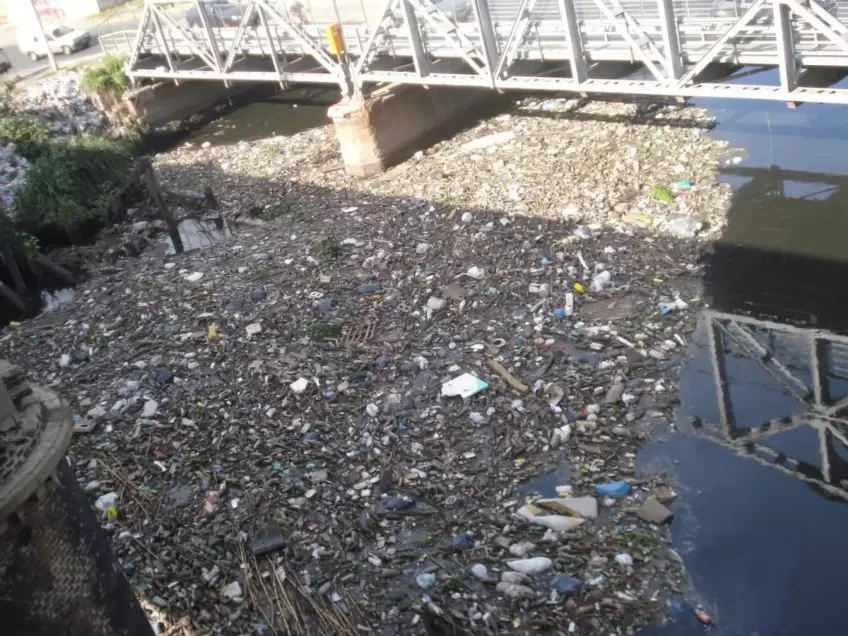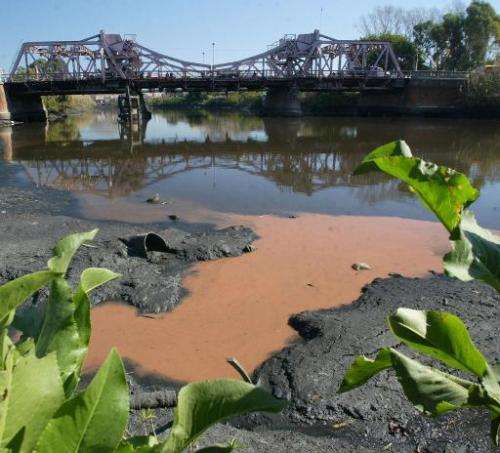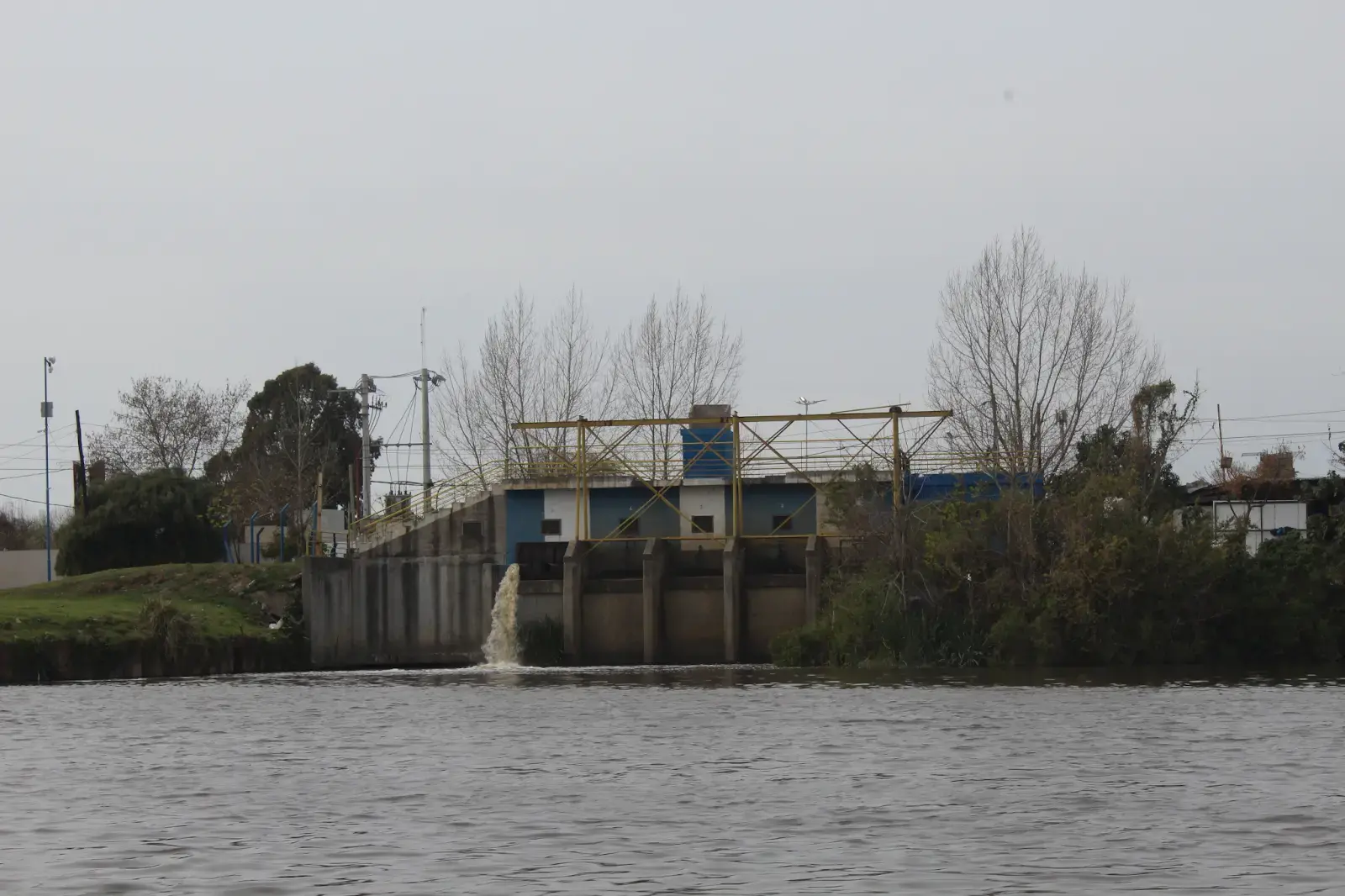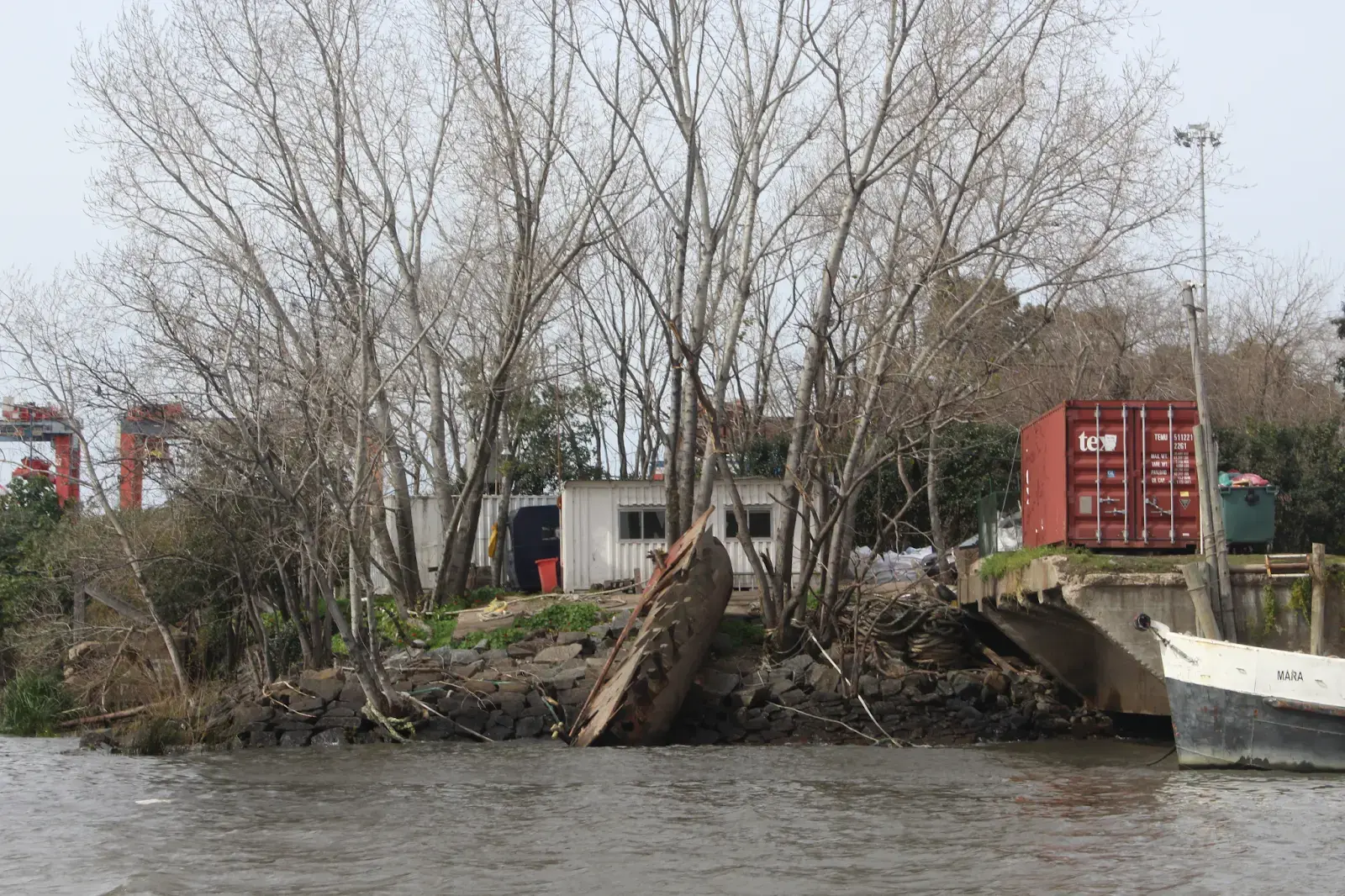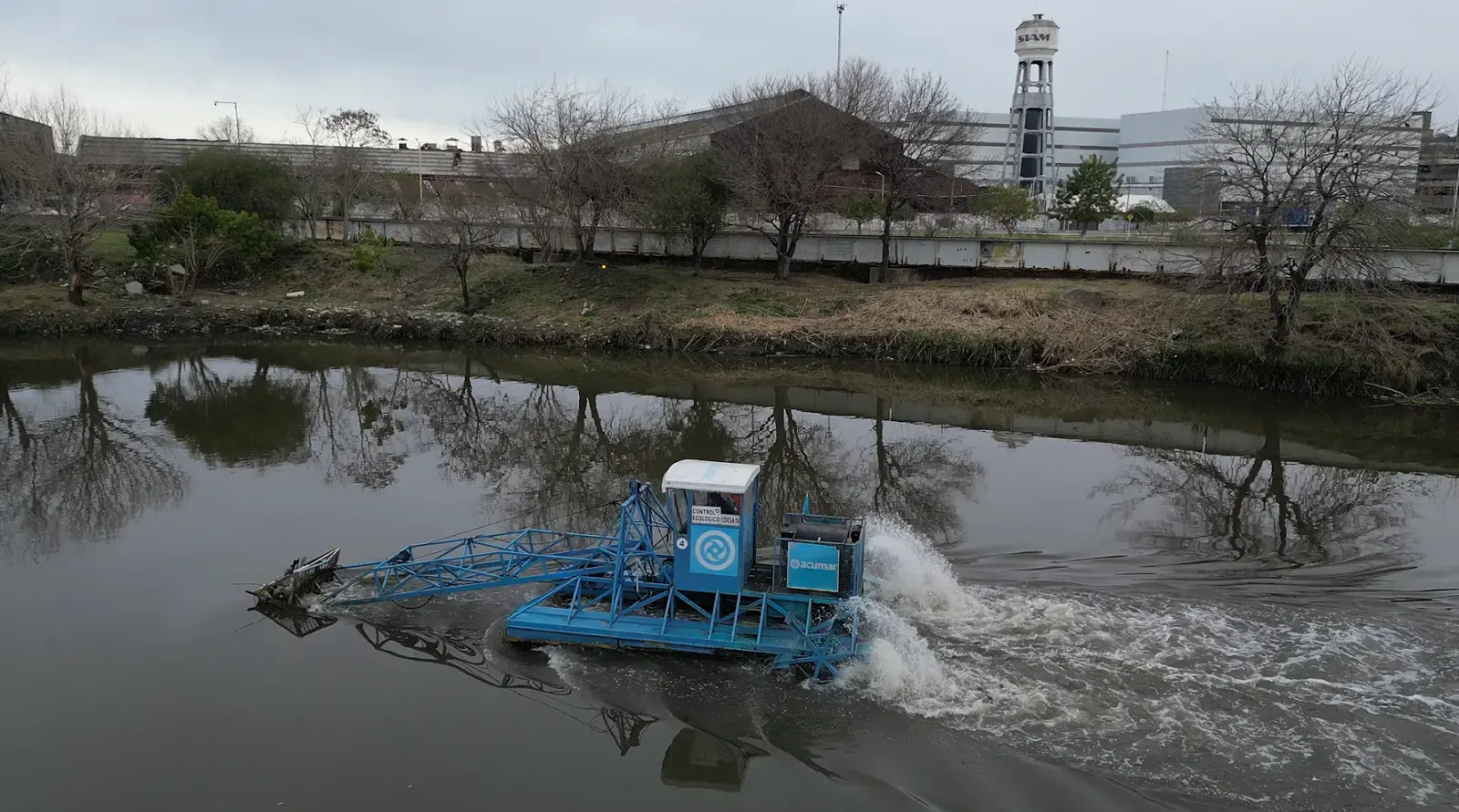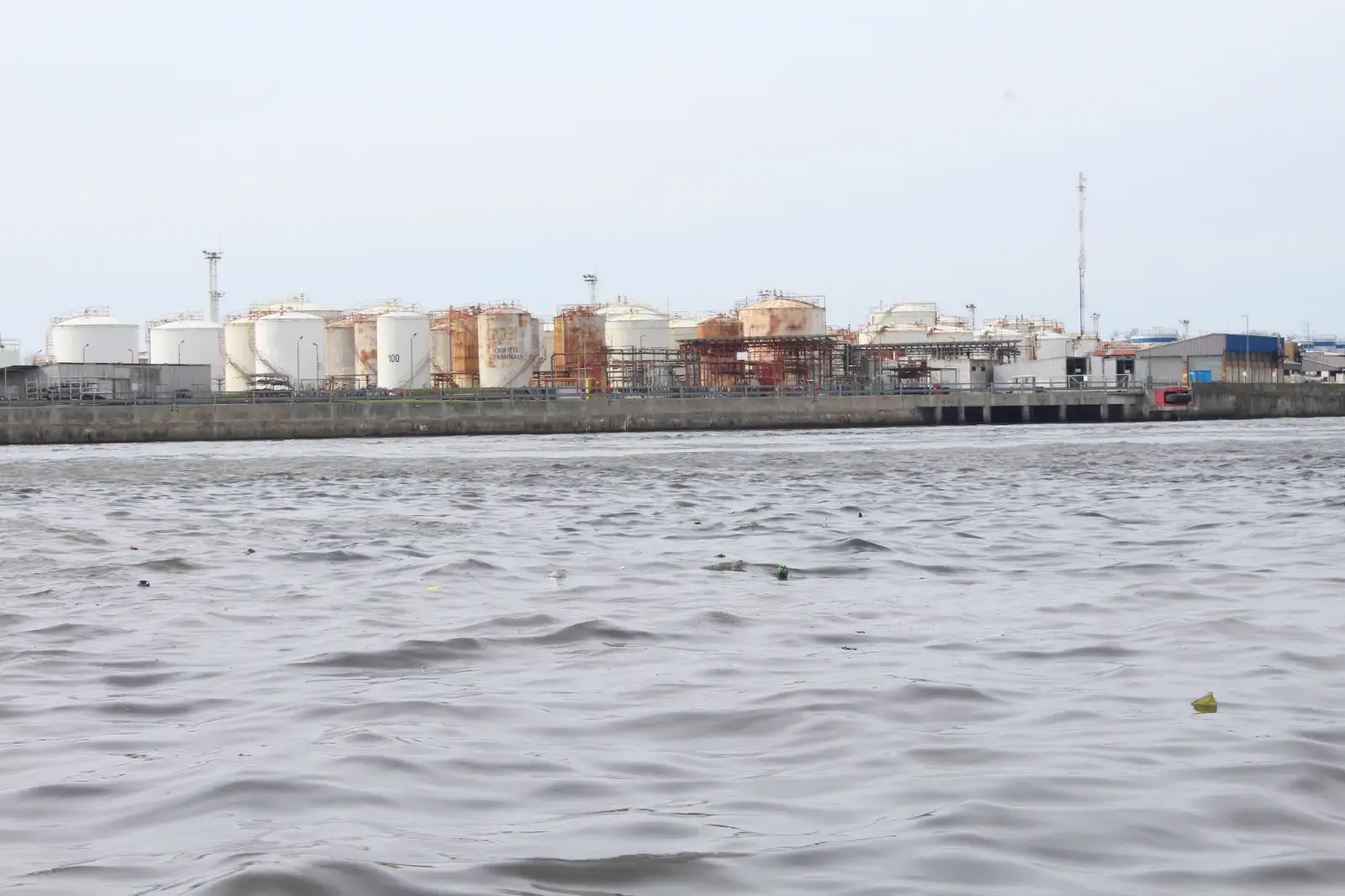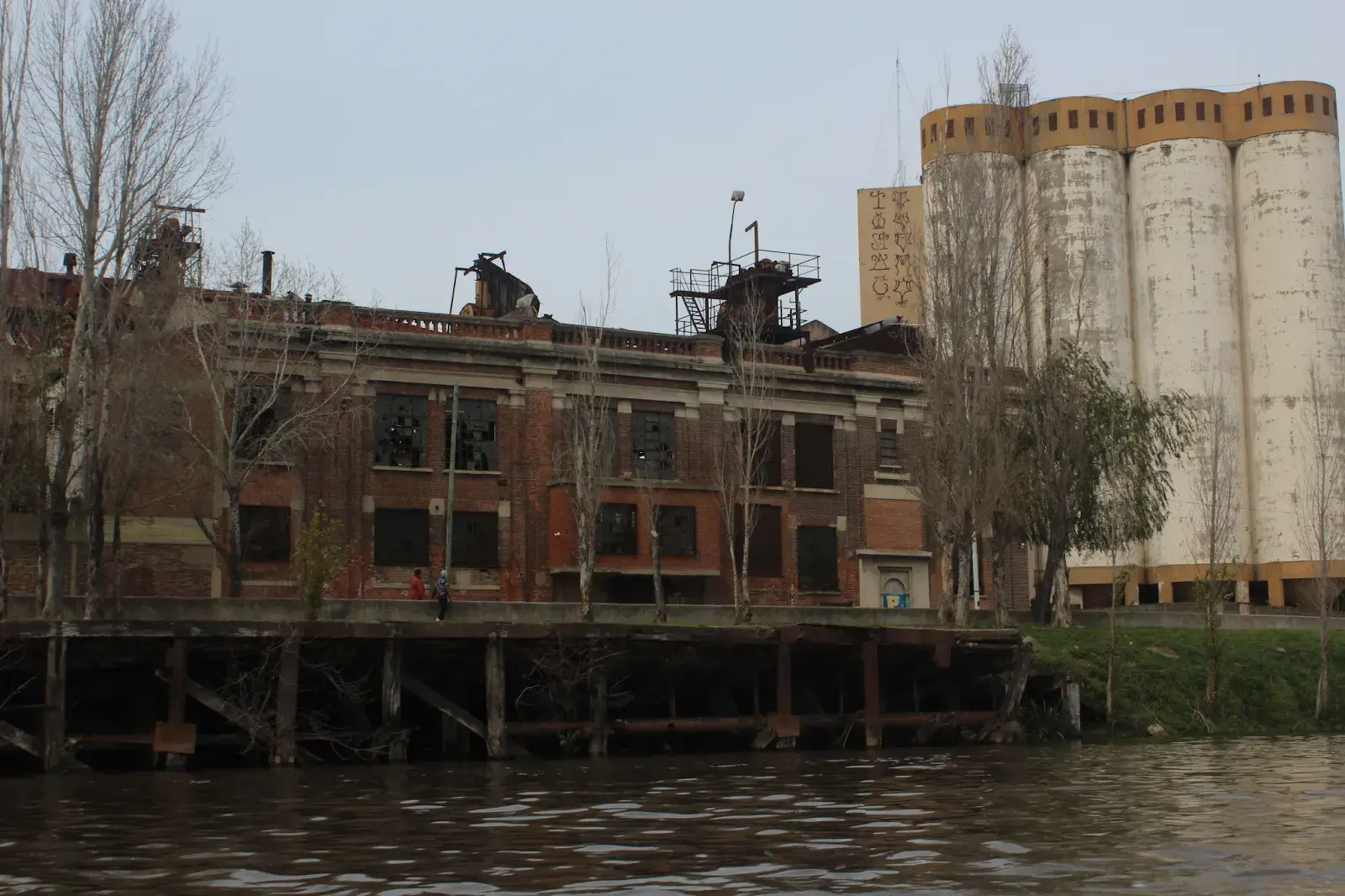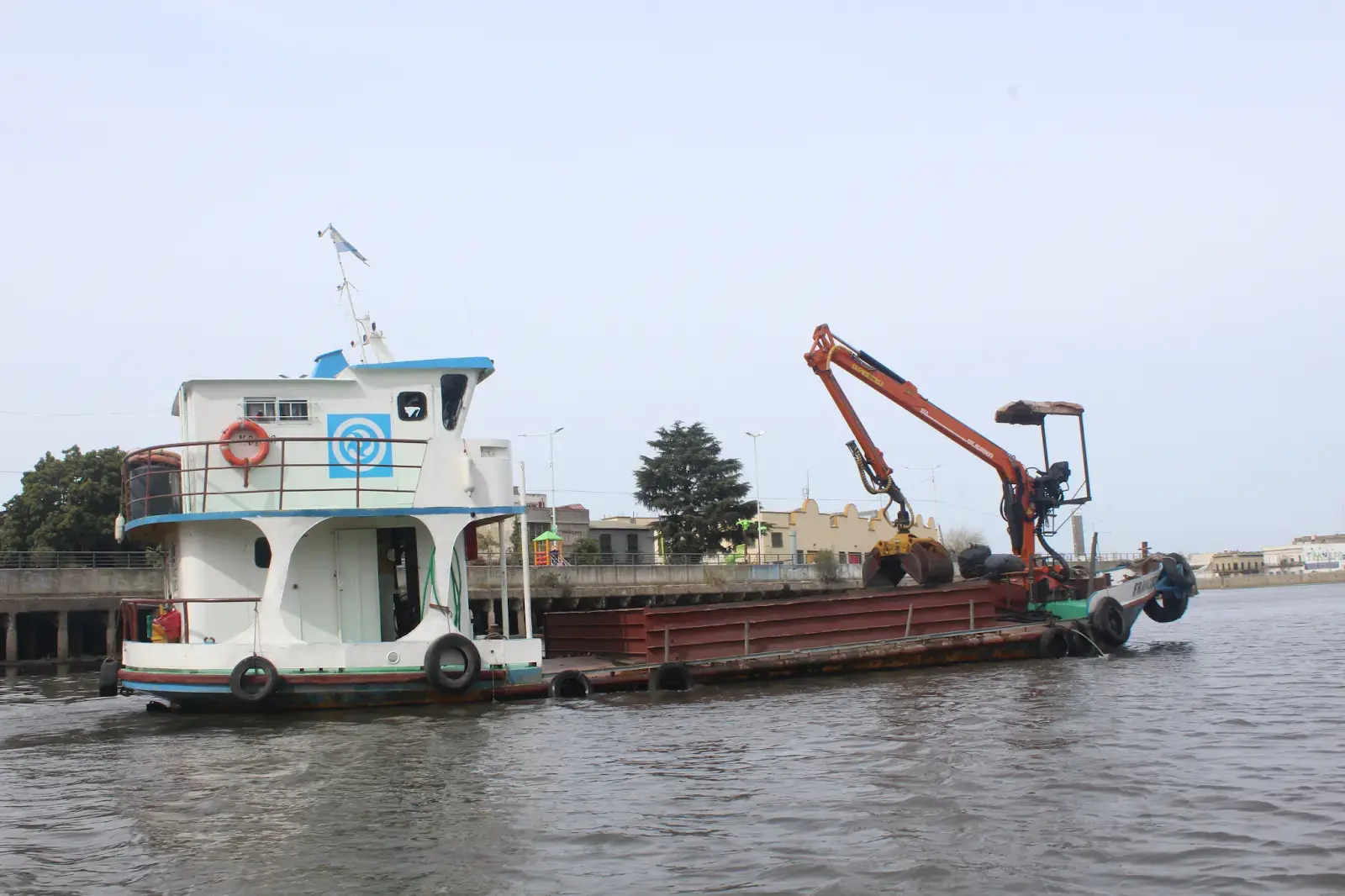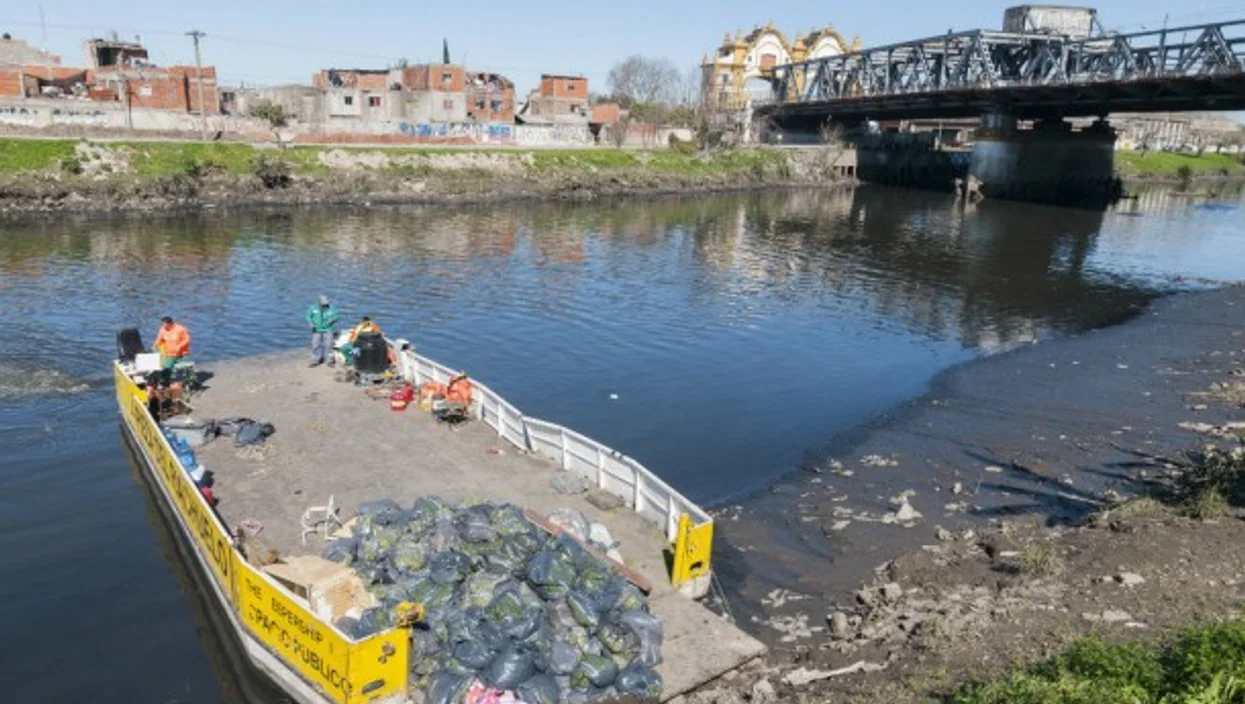
Problems
The Matanza River, also known as the Riachuelo River, is a river in Argentina that runs through Buenos Aires and its surrounding metropolitan area. The Matanza's principal tributaries are the Cañuelas, Chacón, and Morales streams in the Province of Buenos Aires and the Cildáñez stream (currently piped) in the Greater Buenos Aires urban area. The river's course has been canalized and channelized in places, especially along its lower course.
Causes of water pollution Matanza-Riachuelo River
The Matanza basin is the most polluted river in Latin America, and it is considered one of the ten most polluted places globally, with very high levels of lead. One of the main reasons why it is polluted is that the river receives large amounts of industrial waste from the numerous factories along the river, especially tanneries. Heavy metals and wastewater from the basin's saturated layers are among the most dangerous contaminants. Have been efforts to reduce industrial pollution and improve waste management practices in the area. However, progress has been slow, and the river remains heavily polluted. In neighborhoods surrounding the river basin, deeply embedded corruption links local companies' actions (and impunity) of local companies with global multinationals.
Health effects of water pollution Matanza-Riachuelo River
The river has been contaminated with various pollutants, including heavy metals, organic compounds, and fecal matter. This pollution has led to severe health problems for those living in the surrounding areas. Respiratory problems, skin rashes, and gastrointestinal issues are common among those who live near the river. 25% of children living in urban slums along the water’s edge have lead in their bloodstreams, causing more to suffer from gastrointestinal and respiratory illness. Many people continue to live in substandard housing conditions near the river, which exacerbates the health problems caused by the pollution. There is still a long way to go to fully address the corruption of the Matanza-Riachuelo River and improve the quality of life for those who live near it.
How wildlife survives along the toxic Matanza Riachuelo River?
As officials plan to clean up the dirty Matanza-Riachuelo basin, Buenos Aires scientists are horrified by the handful of creatures that manage to survive there. The hyper-polluted Matanza-Riachuelo River Basin in Argentina has the dubious reputation - along with Chernobyll - of being one of the ten most toxic places in the world. And yet, some animals somehow manage to survive in this "marshland," where the decomposition of organic matter by microorganisms absorbs the water's oxygen. Wildlife in the basin includes carnivorous turtles, coypu (river rats), herons and other native birds. The area absorbs the raw sewage of an estimated 6 million Buenos Aires residents, many of whom live in dilapidated houses without sewerage, as well as factory chemicals. There was virtually no oxygen left in the river and the surrounding wetlands. Measurements taken by municipal researchers showed that the water contained between 0 and 1 mg of oxygen per liter. Fish usually need twice as much oxygen to live, and a healthy river should have between 5 and 7 milligrams of oxygen per liter. Therefore, there are no fish in Matanza Riachuelo, meaning that turtles must feed on other delicacies, such as birds, to live. In the most polluted part of the wetlands, in the closed Sildañes Creek, government scientists are examining the stomach contents of some giant turtles. No doubt, by analyzing their diet, clues can be found. But the question remains how can reptiles live in poisonous mud, or how can they drink it?
Gallery
9Timelines
2024
March
ACUMAR is the political arm of whichever party controls the Argentine government house Casa Rosada. It’s a different status for a state office or ministry. It’s an agency created from a court decision. Today, workers’ unions have commissions for each industry that works with ACUMAR to comply with environmental regulations. ACUMAR presents sustainability plans, and the companies must meet the requirements or face closure. As a result, there isn’t much new industrial pollution going into the river, but according to ACUMAR, industrial pollution is less than a third of the problem—70% of the pollution is sewage. “There remains a big part of the southern part of the city that is not connected to the big sewer system,” Antolin Magallanes the general director of political and social management at ACUMAR said. "A big water treatment plant is being finished right now that will connect virtually every sewer into the system and end the riverside effluence." He added that the final shoreline cattle stockyard had moved away from the Cuenca and that another in-progress ACUMAR project, an industrial liquid effluent treatment plan, would reduce pollution from the basin’s tanneries that currently rely on the river. While critics target ACUMAR's scope, methods, and effectiveness, the overall benefit to Cuenca seems universally recognized.
2022
The population living in areas surrounding the river basin continues to be exposed to historically-rooted injustices affecting the environment, health, and the right to life with dignity, which in effect, constitutes structural violence and environmental racism.
2010
March
World Water Day was held to draw attention to the pollution problem in the Matanza-Riachuelo River.
2008
July
The Argentinian Supreme Court issued its decision, recognizing the federal government’s liability, together with the city and province of Buenos Aires, for the environmental damages in the river. The Court recognized the residents' right to a healthy environment and that the governments had to repair the damage. The Court ordered the governments to: - improve the quality of life for the people living in the area, - remediate the ecological damage of the basin and - prevent further contamination. However, the Court did not decide on the private companies involved. Five NGOs that had been active in the case - including Greenpeace also engaged by the Court, which appointed them as patrols for the river and surrounding areas to control how the improvements and works planned for the river basin were carried out.
2006
A period of optimism regarding the waterway's condition followed President Néstor Kirchner's announcement that the Riachuelo's improvement would be prioritized; still, though some efforts were undertaken, the river remains a source of health problems and urban blight for its adjoining neighborhoods. Urban renewal proposals for the area have supplemented environmental cleanup efforts.
2004
A group of residents of the Matanza basin, living in one of the worst-polluted urban slums, filed a case before the Supreme Court of Argentina against the national government, the provincial government, the municipality, and several private companies. The case was named the Mendoza case after Beatriz Mendoza, one of the residents filing the case. They were asking for compensation for the environmental damages they faced as a consequence of the environmental contamination of the river, and they required the halting of contamination activities.
1995
The south-easterly storm wind, known as Sudestada, hinders the waters of the Riachuelo from reaching the Río de la Plata, producing frequent flooding in low-lying areas like La Boca and Barracas. Several flood control projects have been carried out to prevent such occurrences.
1993
President Carlos Menem's Secretary of Environment, María Julia Alsogaray, presented a 3-year project to clean up the Riachuelo that was approved but never started, let alone concluded. Alsogaray would later be prosecuted for misappropriation of those public funds.
